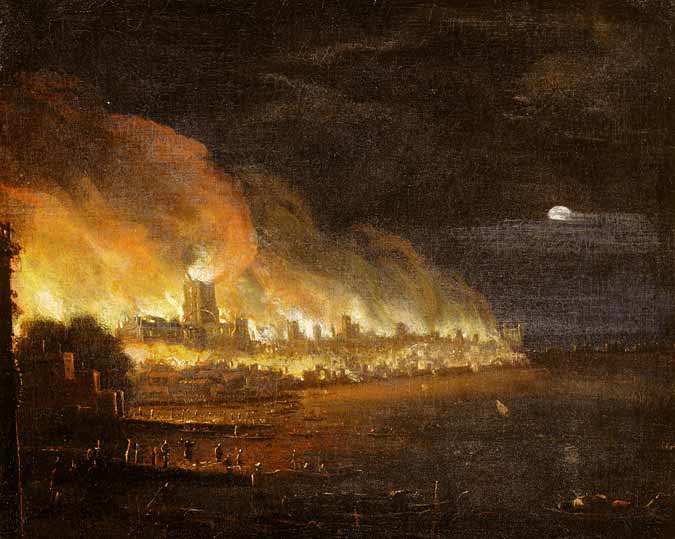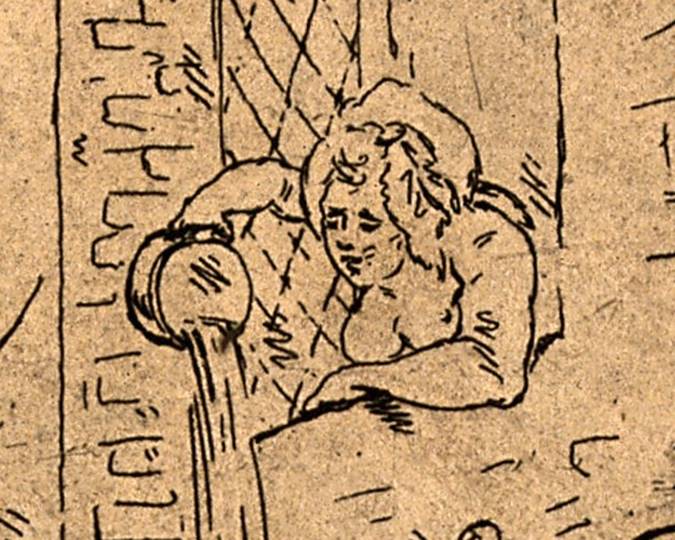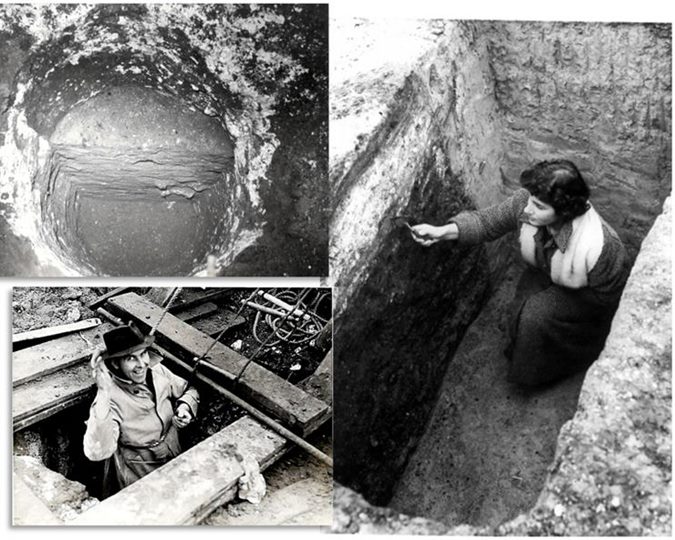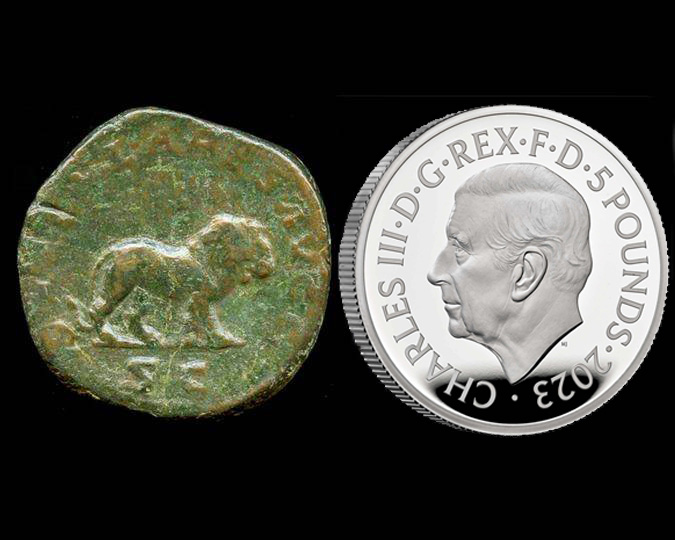In this video, Senior Curator (Post-Medieval) Hazel Forsyth talks about the objects from the collection of the Great Plague historian Walter G. Bell, which are currently with the Museum of London.
All towns and villages within a 10-mile radius of London were affected to some degree by the Great Plague of 1665. This was the last major epidemic of bubonic plague to occur in London, and marked the end of the second pandemic that had raged ever since the arrival of the Black Death in England in 1347. In the 17th century, epidemics had already struck in 1603, 1622, 1636 and 1646–47.
The plague, and its other forms such as pneumonic plague, killed a recorded 68,596 people, but this is certainly an underestimate. The parish clerks compiled Bills of Mortality listing the causes of death and local victims of plague. The deaths of Quakers, Anabaptists and Jews were not recorded, and many deaths from plague were attributed to other diseases, such as “spotted fever”. Total deaths were probably around 100,000 Londoners.
Broadsheet illustrations of the time show city authorities shutting up the houses of the infected. Diarist Samuel Pepys recorded the plague’s impact in his diary on 16 September 1665: “Lord! How empty the streets are and how melancholy, so many poor sick people in the streets full of sores… in Westminster, there is never a physician and but one apothecary left, all being dead.”
In this video, Senior Curator (Post-Medieval) Hazel Forsyth talks about the objects from the collection of Walter G. Bell, who was a historian of the Great Plague and the Great Fire, which are currently with the Museum of London. This includes a 17th-century plague bell, Bills of Mortality and broadside depicting how the plague affected the city.
Header image: Plague broadsheet by John Dunstall, 1666. (ID no.: 42.39/142)











